Year-to-year, the greatest number of visitors to the Nine Springs Wastewater Treatment Plant of any one age group is, on average, elementary school-aged kids. On plant tours with younger audiences, we tell the story of water and its connection to our community and the environment. To help encourage young community members to respect water and protect this valuable resource, we’ve compiled a list of books covering the environment, science, the water cycle, environmental justice and the One Water concept.
These books about water can aid in celebrating special water education days (like World Water Day or Imagine a Day Without Water) or can be used as supplemental materials to learn about hidden systems within our community any day of the year. Check them out from the Dane County Library Service or purchase them from your favorite retailer.
Water is Water
“Water is Water: A Book About the Water Cycle” by Miranda Paul explains both the atmospheric water cycle and what happens when people use water. While it doesn’t mention wastewater specifically, it sets up a conversation about how water is recycled. It is a nice segue to conversations about wastewater and uses kid-friendly language, observable examples of human interaction with water, and connections to the natural water cycle.
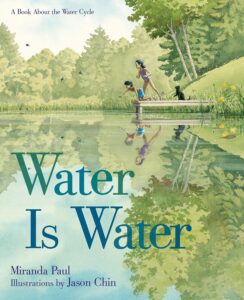
All the Water in the World
Written in short poetic lines, the book “All the Water in the World” by author George Ella Lyon and illustrator Katherine Tillotson has engaging collage-like graphics and strong messaging around the water cycle and the One Water concept. It effectively reinforces the message that all the water we have now in the world is all the water we’ll ever have, so we cannot waste it.
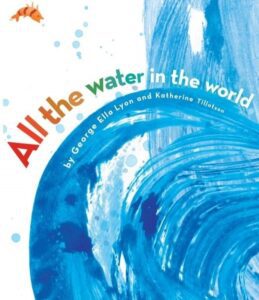
We Are Water Protectors
“We Are Water Protectors” is a rich story that relates to current events. Written by Carole Lindstrom and illustrated by Michaela Goade, this book highlights the connectedness of water and all plants and animals, while urging readers to safeguard the Earth’s water from harm and corruption. The book was created by an Indigenous author and illustrator and inspired by the many Indigenous-led movements across North America.
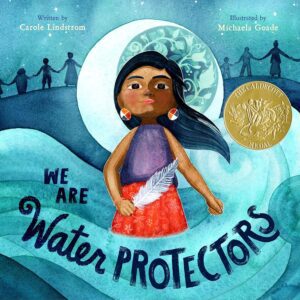
Peeking Under the City (What’s Beneath)
The book “Peeking Under the City (What’s Beneath)” is a great resource for those who want to understand the hidden parts of city infrastructure. Author Esther Porter and illustrator Andrés Lozano pull back the curtain on the below-ground workings of a typical big city.
Sanitation Workers
While it doesn’t discuss jobs in wastewater directly, “Sanitation Workers” by Janel Piehl helps readers learn about careers that exist to keep cities safe and clean. The book also helps prove points about things that happen within our communities that are generally not visible.
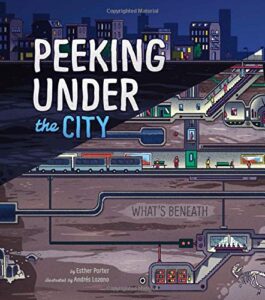
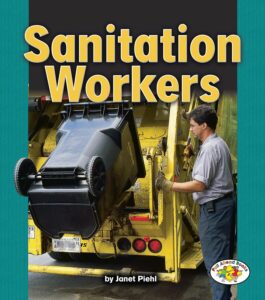
Why Water’s Worth It
Water Environment Federation’s (WEF) book “Why Water’s Worth It” is topically relevant to the work at the District. It’s a story about a little girl with a big story to tell about the world of clean water, how it’s managed and the importance of people working together to protect it
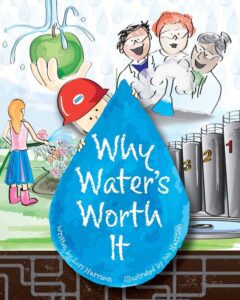
Drop: An Adventure through the Water Cycle
Sprinkled with kid-enticing facts, “Drop: An Adventure through the Water Cycle,” does an exceptional job of demonstrating the connectedness of water through time and place. Written and illustrated by Emily Kate Moon, the book takes readers on an adventure through the water cycle and beyond.
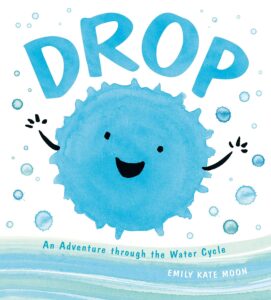
For additional activities and resources for educators, teachers, community leaders and parents, check out our blog article “Water education activities and resources for educators.”
Compiled by Amy Steger and Catherine Harris






